ICAPS precursor experiment (IPE)
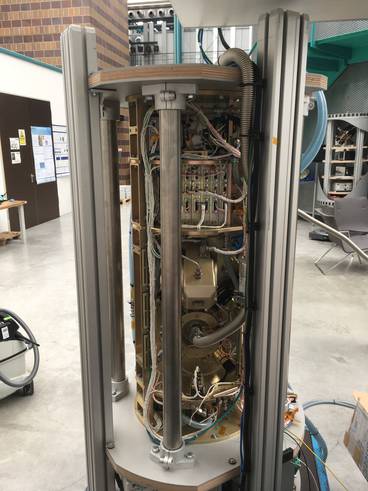
research area: astrophysics
experiment title:
Interactions in Cosmic and Atmospheric Particle Systems (ICAPS) - ICAPS Precursor Experiment (IPE)
experiment acronym: IPE
funding agency: ESA
grant number: AO-98/99-018
performing organization:
Microgravity Research Center, Université Libre de Bruxelles, Belgium
prime investigator:
Dr. Andrei Vedernikov
experiment objective
abstract
Small particles suspended in non-isothermal gas experience a force in the direction opposite to the temperature gradient as a result of differences in momentum and energy transferred to the particles by molecules colliding with them from their hot and cold side. This phenomenon, known as thermophoresis, is of considerable importance in a variety of engineering fields (coating of surfaces, gas cleaning, optical fiber production). It is also of central interest in the scavenging of aerosol particles in cloud, when droplets and/or ice crystals grow or evaporate, and below cloud, during the fall of hydrometeors. Thermophoresis is thought to be more effective when the temperature gradient becomes steeper. In normal gravity the gas flow of natural convection which is also induced by the temperature gradient has an influence on the behaviour of particles. When the temperature gradient becomes steep, the effect of natural convection becomes dominant, making it difficult to determine the thermophoretic effect. As regards diffusiophoresis, i.e. the movement of aerosol particles in a concentration gradient, the microgravity environment simplifies the problem, as it eliminates the continuous renewal of the vapour concentration field. This difficulty will be avoided if experiments are performed in microgravity, where the effect of natural convection becomes negligible.
related publications
- Vedernikov, A., N. Freuville, D. Balapanov and A. Cecere (2012). Cloud Manipulation System: Thermal Characterization and Drop Tower Experiment. 63rd International Astronautical Congress, IAC, Naples, Italy.
- Kufner, E., J. Blum, N. Callens, C. Eigenbrod, O. Koudelka, A. Orr, C. C. Rosa, A. Vedernikov, S. Will, J. Reimann and G. Wurm (2011). "ESA's drop tower utilisation activities 2000 to 2011." Microgravity Science and Technology 23(4): 409-425.
- Blum, J., A. C. Levasseur-Regourd, O. Munoz, R. J. Slobodrian and A. Vedernikov (2008). "Dust in space." Europhysics News 39(3): 27-29.
- Prodi, F., G. Santachiara, L. Di Matteo, A. Vedernikov, S. A. Beresnev and V. G. Chernyak (2007). "Measurements of thermophoretic velocities of aerosol particles in microgravity conditions in different carrier gases." Journal of Aerosol Science 38(6): 645-655.
- Thermophoretic measurements in presence of thermal stress convection in aerosols in microgravity conditions of drop tower. A. Vedernikov, F. Prodi, G. Santachiara, S. Travaini, F. Dubois, J.C. Legros, Microgravity Sci. Technol., 2005, vol.17, N3, pp.102-105
- Digital holography for observing aerosol particles undergoing Brownian motion in microgravity conditions. F. Prodi, G. Santachiara, S. Travaini, F. Belosi, A. Vedernikov, F. Dubois, P. Queeckers, J.C. Legros. Atmospheric Research Journal, 2006, 82/1-2, pp. 379-384
- Measurements of phoretic velocities of aerosol particles in microgravity conditions. F. Prodi, G. Santachiara, S. Travaini, A. Vedernikov, F. Dubois, J.C. Legros. Atmospheric Research Journal, 2006, 82/1-4, pp. 183-189
- On the way of detecting the negative thermophoresis (results of microgravity experiments and gas-kinetic analysis). A. Vedernikov, S. Beresnev, A. Markovich. Journal of the Japan Society of Microgravity Application, 2008, vol. 25, No. 3, pp. 267-272
- Dust Particles in Space. J. Blum, A.-C. Levasseur-Regourd, O. Muñoz, R. J. Slobodrian,
- A. Vedernikov. Europhysicsnews, 2008, 39/3, pp. 27-29
experimental setup
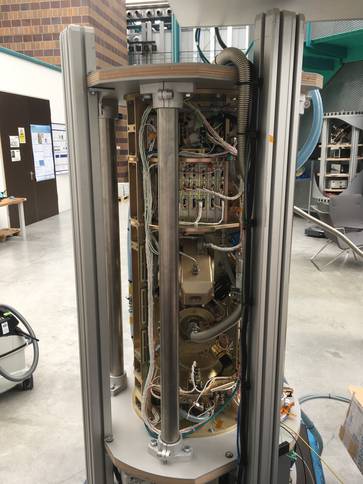
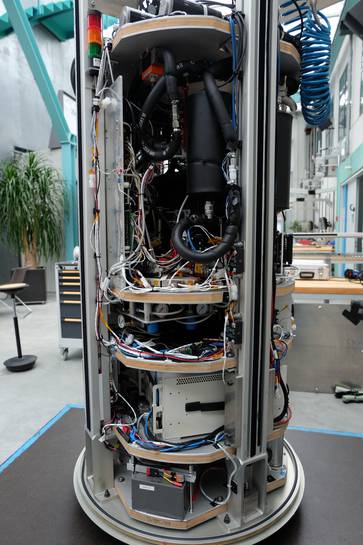
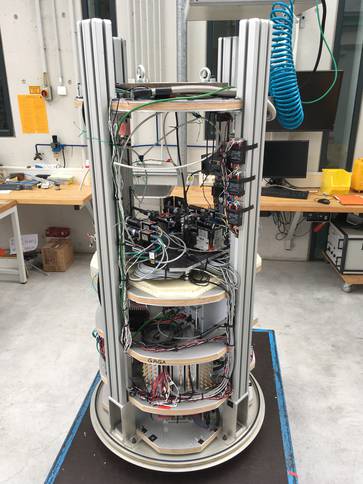
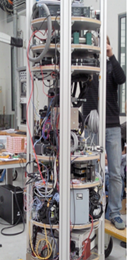
experiment campaigns
experiment year: 2019
number of catapult flights: 22 (ICAPS SR - Preparation of Sounding Rocket Activities)
experiment year: 2018
number of catapult flights: 36 (IPE-CMP - Cloud Manipulation Phenomena)
experiment year: 2016
number of catapult flights: 8 (IPE-CMP - Cloud Manipulation Phenomena)
number of drops: 2 (IPE-CMP - Cloud Manipulation Phenomena)
number of drops: 6 (IPE-SCM - Support for Cloud Manipulation)
experiment year: 2012
number of catapult flights: 20
experiment year: 2011
number of catapult flights: 22
experiment year: 2010
number of drops: 17
experiment year: 2008
number of drops: 4
experiment year: 2007
number of drops: 5


 "
"